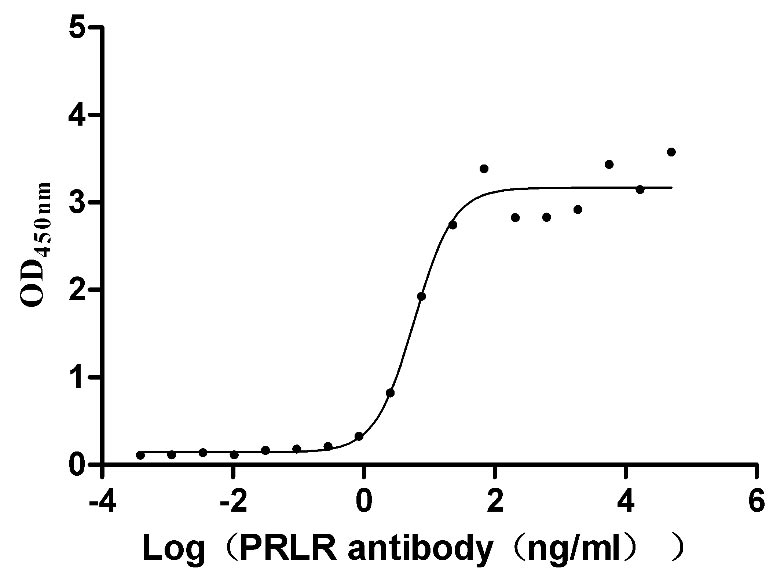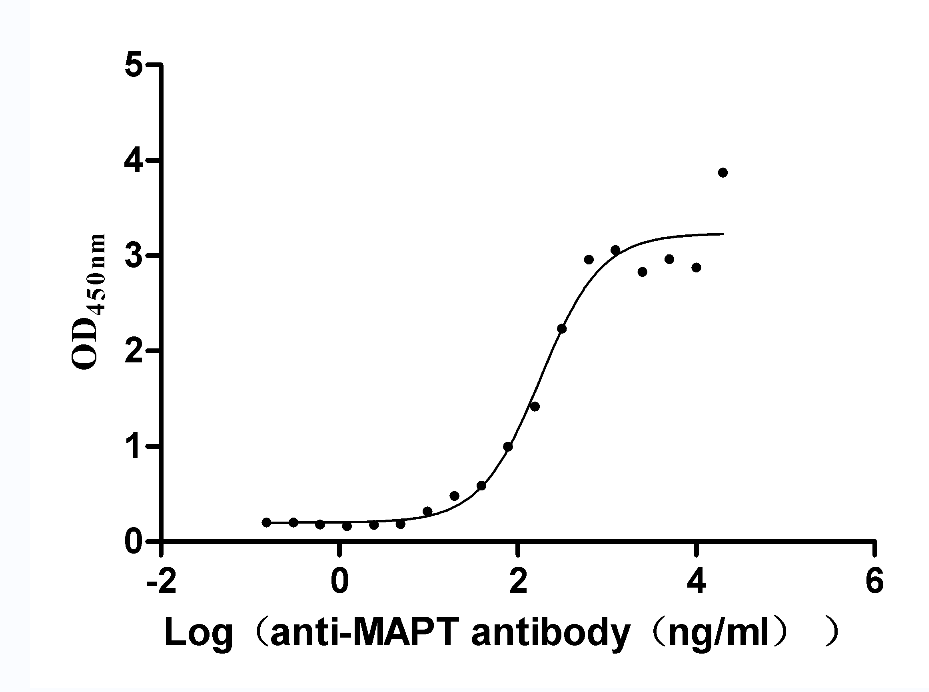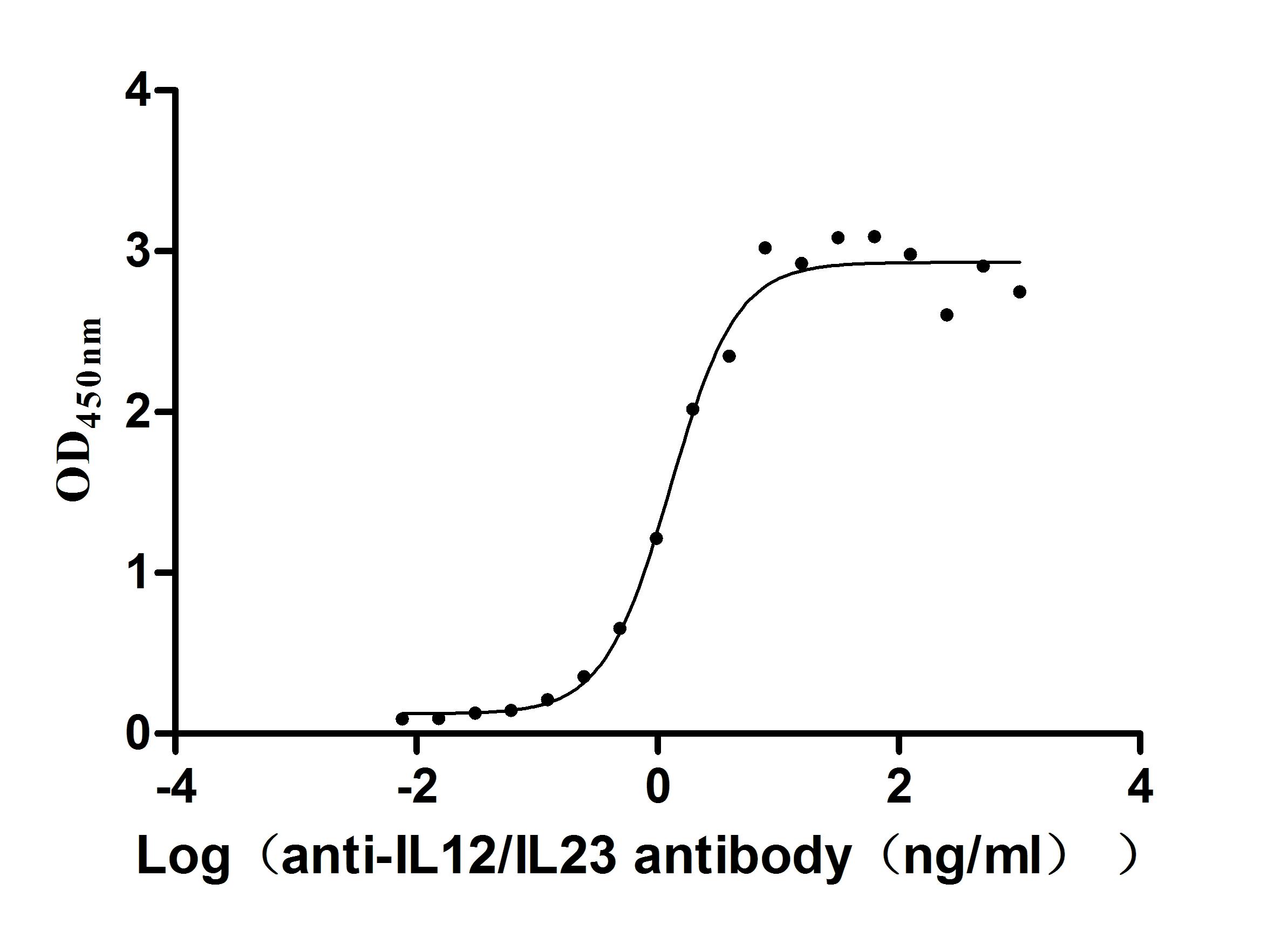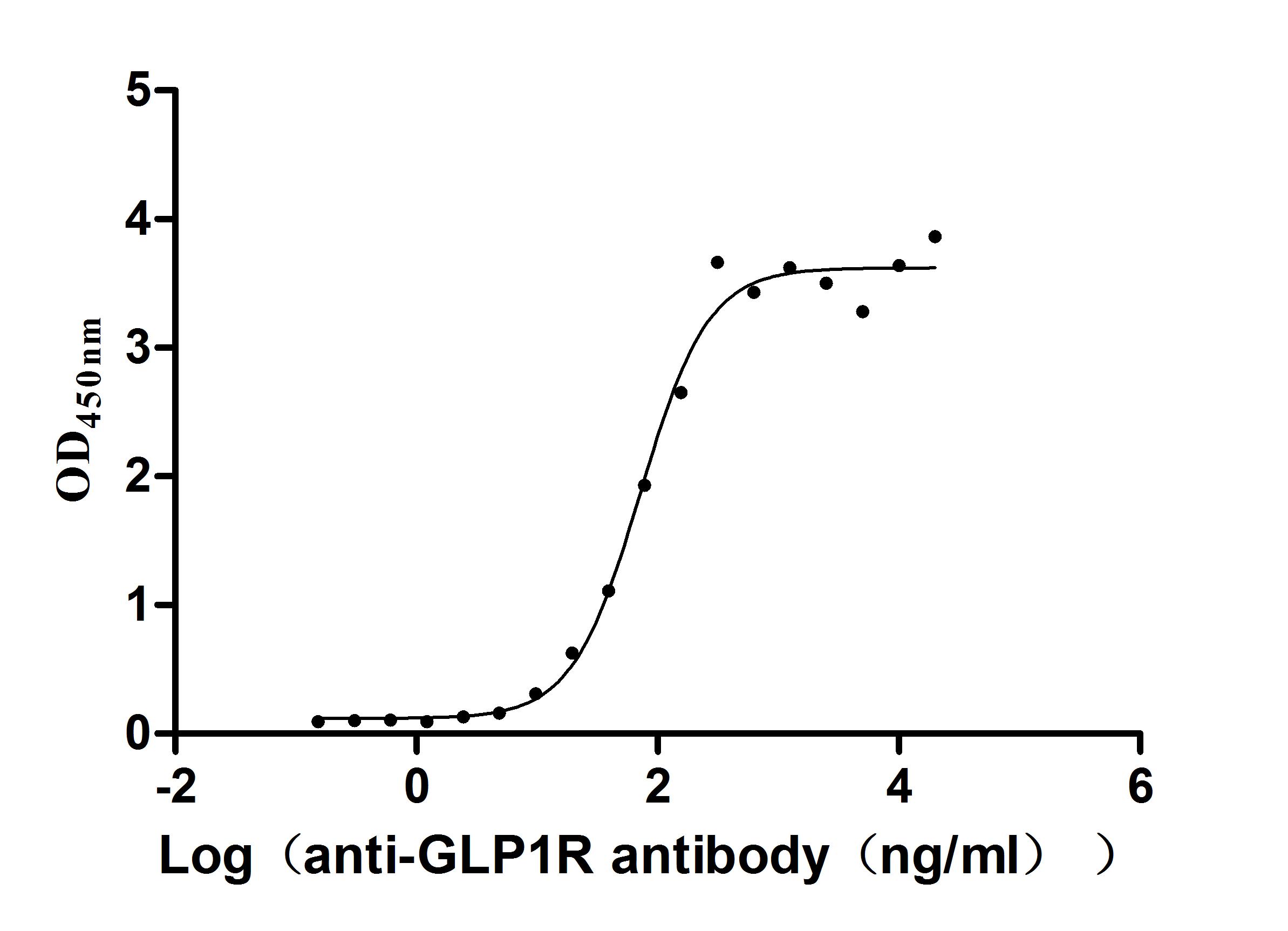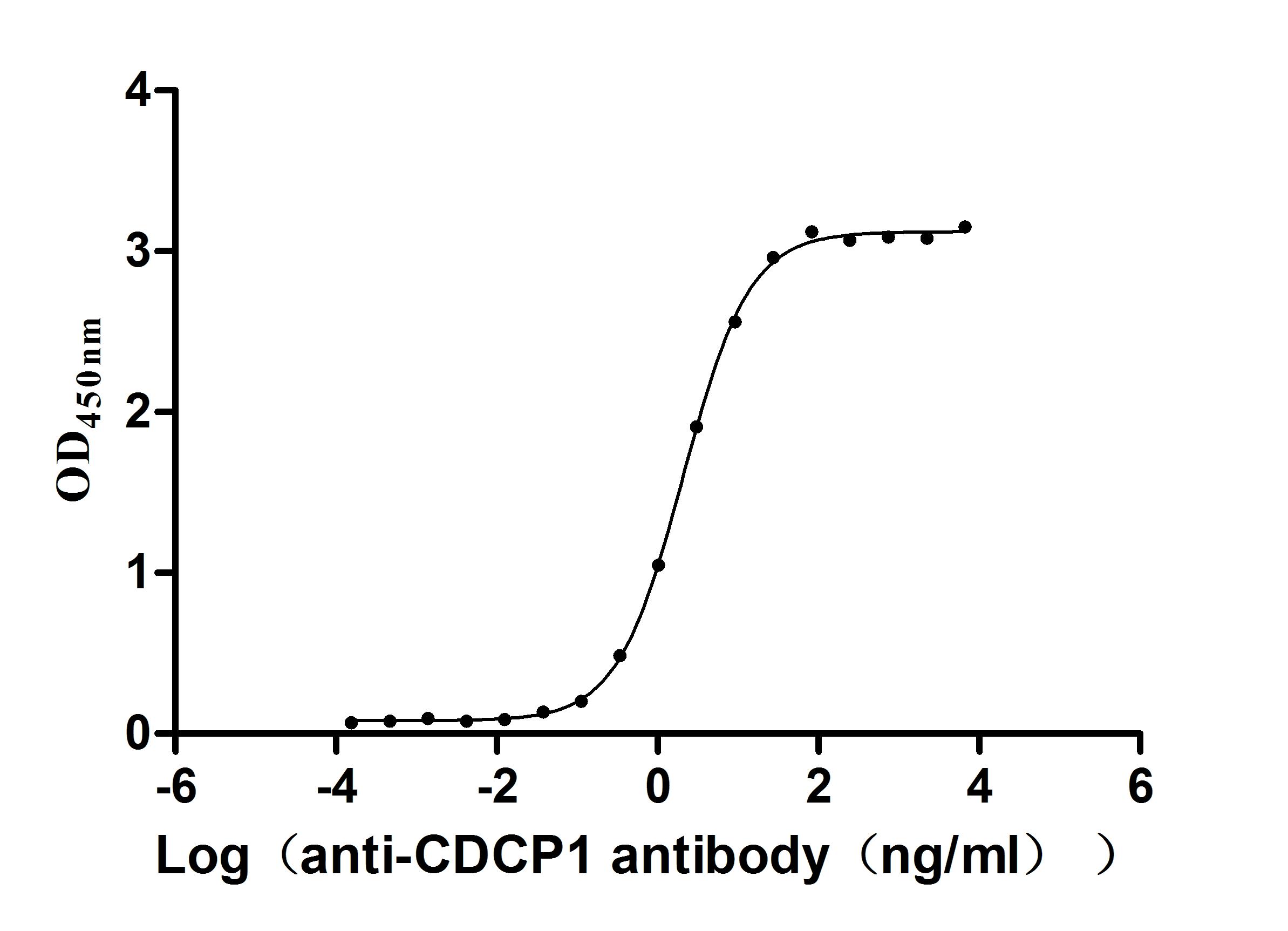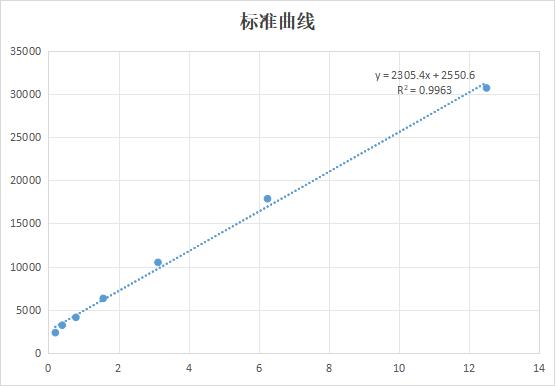Recombinant Human Potassium channel subfamily K member 4 (KCNK4), partial
-
中文名稱:人KCNK4重組蛋白
-
貨號(hào):CSB-YP873692HU1
-
規(guī)格:
-
來源:Yeast
-
其他:
-
中文名稱:人KCNK4重組蛋白
-
貨號(hào):CSB-EP873692HU1
-
規(guī)格:
-
來源:E.coli
-
其他:
-
中文名稱:人KCNK4重組蛋白
-
貨號(hào):CSB-EP873692HU1-B
-
規(guī)格:
-
來源:E.coli
-
共軛:Avi-tag Biotinylated
E. coli biotin ligase (BirA) is highly specific in covalently attaching biotin to the 15 amino acid AviTag peptide. This recombinant protein was biotinylated in vivo by AviTag-BirA technology, which method is BriA catalyzes amide linkage between the biotin and the specific lysine of the AviTag.
-
其他:
-
中文名稱:人KCNK4重組蛋白
-
貨號(hào):CSB-BP873692HU1
-
規(guī)格:
-
來源:Baculovirus
-
其他:
-
中文名稱:人KCNK4重組蛋白
-
貨號(hào):CSB-MP873692HU1
-
規(guī)格:
-
來源:Mammalian cell
-
其他:
產(chǎn)品詳情
-
純度:>85% (SDS-PAGE)
-
基因名:KCNK4
-
Uniprot No.:
-
別名:KCNK4; TRAAK; Potassium channel subfamily K member 4; TWIK-related arachidonic acid-stimulated potassium channel protein; Two pore potassium channel KT4.1; Two pore K(+ channel KT4.1
-
種屬:Homo sapiens (Human)
-
蛋白長度:Partial
-
蛋白標(biāo)簽:Tag?type?will?be?determined?during?the?manufacturing?process.
The tag type will be determined during production process. If you have specified tag type, please tell us and we will develop the specified tag preferentially. -
產(chǎn)品提供形式:Lyophilized powder
Note: We will preferentially ship the format that we have in stock, however, if you have any special requirement for the format, please remark your requirement when placing the order, we will prepare according to your demand. -
復(fù)溶:We recommend that this vial be briefly centrifuged prior to opening to bring the contents to the bottom. Please reconstitute protein in deionized sterile water to a concentration of 0.1-1.0 mg/mL.We recommend to add 5-50% of glycerol (final concentration) and aliquot for long-term storage at -20℃/-80℃. Our default final concentration of glycerol is 50%. Customers could use it as reference.
-
儲(chǔ)存條件:Store at -20°C/-80°C upon receipt, aliquoting is necessary for mutiple use. Avoid repeated freeze-thaw cycles.
-
保質(zhì)期:The shelf life is related to many factors, storage state, buffer ingredients, storage temperature and the stability of the protein itself.
Generally, the shelf life of liquid form is 6 months at -20°C/-80°C. The shelf life of lyophilized form is 12 months at -20°C/-80°C. -
貨期:Delivery time may differ from different purchasing way or location, please kindly consult your local distributors for specific delivery time.Note: All of our proteins are default shipped with normal blue ice packs, if you request to ship with dry ice, please communicate with us in advance and extra fees will be charged.
-
注意事項(xiàng):Repeated freezing and thawing is not recommended. Store working aliquots at 4°C for up to one week.
-
Datasheet :Please contact us to get it.
相關(guān)產(chǎn)品
靶點(diǎn)詳情
-
功能:Voltage-insensitive potassium channel. Channel opening is triggered by mechanical forces that deform the membrane. Channel opening is triggered by raising the intracellular pH to basic levels. The channel is inactive at 24 degrees Celsius (in vitro); raising the temperature to 37 degrees Celsius increases the frequency of channel opening, with a further increase in channel activity when the temperature is raised to 42 degrees Celsius. Plays a role in the perception of pain caused by heat. Plays a role in the sensory perception of pain caused by pressure.
-
基因功能參考文獻(xiàn):
- Functional alanine-mutagenesis screens of TASK-1 and TRAAK were used to build an in silico model of the TASK-1 cap. PMID: 26794006
- KCNK4 promoter methylation is associated with Breast Cancer. PMID: 25809865
- How ion channels sense mechanical force: insights from mechanosensitive K2P channels TRAAK, TREK1, and TREK2. PMID: 26332952
- findings uncover a unique aspect of potassium channel modulation, indicate a means for how the channel C-terminal cytoplasmic domain affects the C-type gate, and suggest how lipids and bilayer inner leaflet deformations gate the channel. PMID: 25500157
- TRAAK is responsive to mechanical forces similar to the ion channel Piezo1; mechanical activation of TRAAK can electrically counter Piezo1 activation. PMID: 24550493
- structure reveals a domain-swapped chain connectivity enabled by the helical cap that exchanges two opposing outer helices 180 degrees around the channel PMID: 23341632
- crystal structure of TRAAK at 3.8 angstroms resolution; channel comprises 2 protomers that create 2-fold symmetric K(+) channel; extracellular surface has a helical cap; 2 diagonally opposed gate-forming inner helices form membrane-interacting structures PMID: 22282805
- role for TREK-1 in contributing to uterine quiescence during gestation PMID: 20811500
- Human TASK-3 was cloned and expressed; protein sequence and activity compared to similar two pore domain potassium channels, including KCNK4 (TRAAK). PMID: 11042359
顯示更多
收起更多
-
亞細(xì)胞定位:Cell membrane; Multi-pass membrane protein.
-
蛋白家族:Two pore domain potassium channel (TC 1.A.1.8) family
-
數(shù)據(jù)庫鏈接:
Most popular with customers
-
Recombinant Mouse Prolactin receptor (Prlr), partial (Active)
Express system: Mammalian cell
Species: Mus musculus (Mouse)
-
Recombinant Rat Intestinal-type alkaline phosphatase 1 (Alpi) (Active)
Express system: Mammalian cell
Species: Rattus norvegicus (Rat)
-
Recombinant Rat Microtubule-associated protein tau (Mapt) (Active)
Express system: Mammalian cell
Species: Rattus norvegicus (Rat)
-
Recombinant Human IL12B&IL12A Heterodimer Protein (Active)
Express system: Mammalian cell
Species: Homo sapiens (Human)
-
Recombinant Human Glucagon-like peptide 1 receptor (GLP1R), partial (Active)
Express system: Mammalian cell
Species: Homo sapiens (Human)
-
Recombinant Macaca fascicularis CUB domain containing protein 1 (CDCP1), partial (Active)
Express system: Mammalian cell
Species: Macaca fascicularis (Crab-eating macaque) (Cynomolgus monkey)
-
Recombinant Human Cadherin-1(CDH1),partial (Active)
Express system: Mammalian cell
Species: Homo sapiens (Human)
-
Recombinant Human Urokinase-type plasminogen activator(PLAU) (Active)
Express system: Mammalian cell
Species: Homo sapiens (Human)


